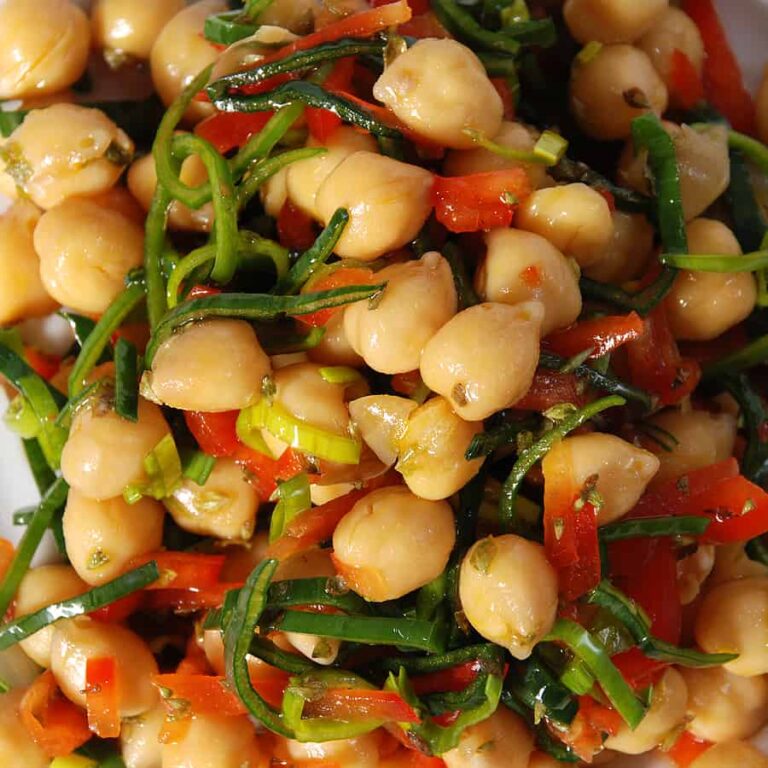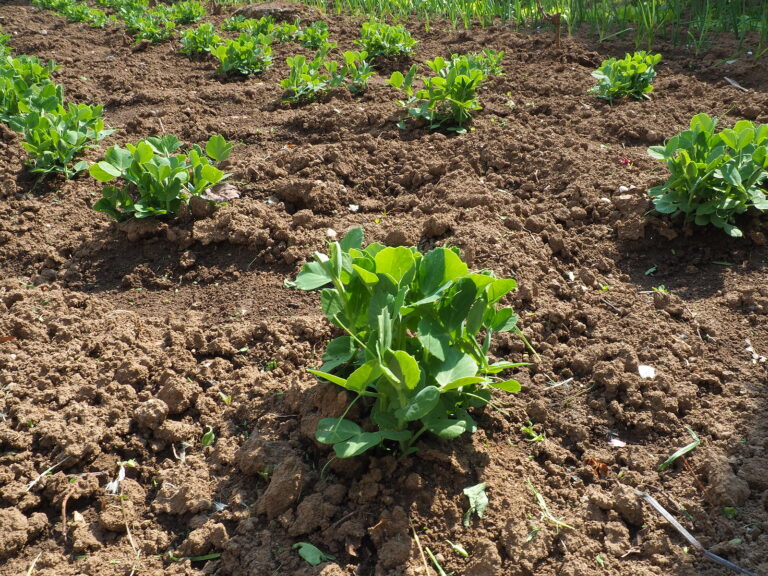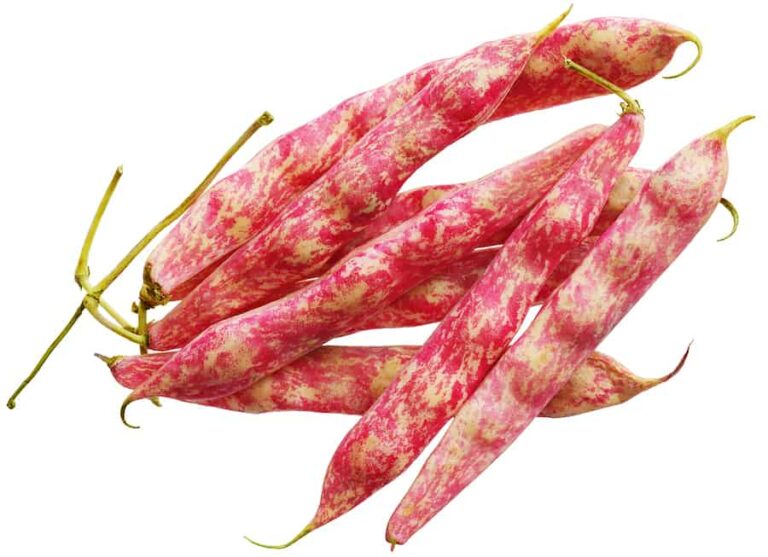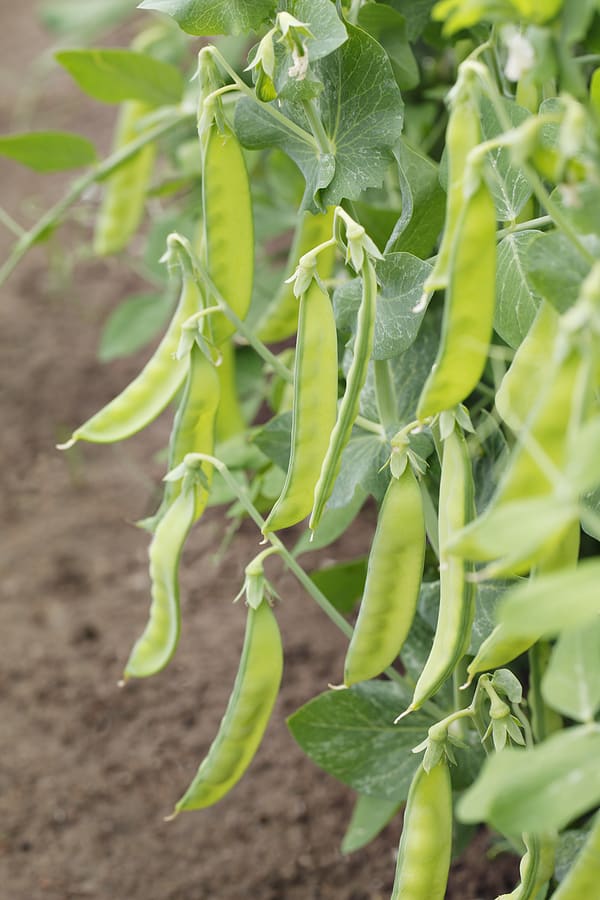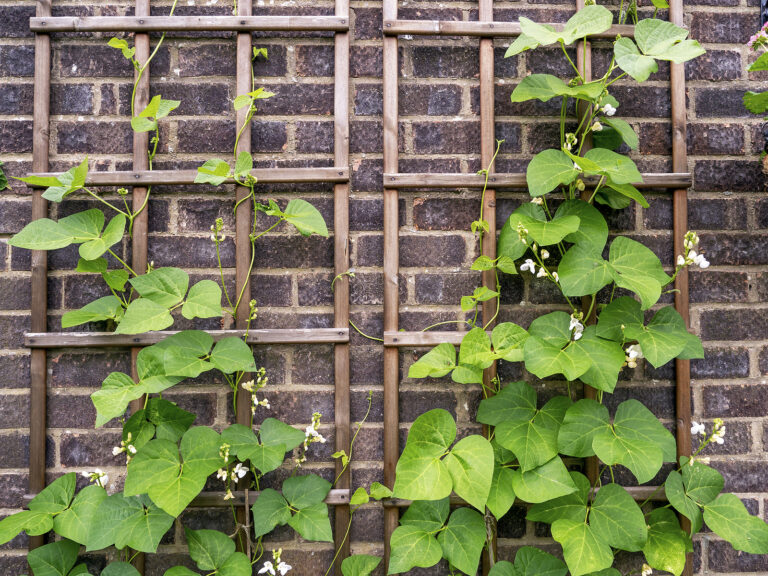Short-Season vs. Long-Season Fava Bean Varieties
Fava beans (broad beans) vary widely in how long they take to mature—from quick 75-day crops to long-season varieties that can take up to 120 days. Understanding the difference between short- and long-season types helps you choose the right fava beans for your growing climate, planting window, and harvest goals.
🌱 What Are Short-Season Fava Beans?
Short-season fava beans mature in 70 to 90 days from planting. They are ideal for regions with short springs, cool summers, or limited frost-free days. These varieties grow quickly, flower early, and produce medium-sized beans with mild flavor.
Best conditions:
- Mild winter or short spring climates (Zones 8–10 for winter planting, Zones 4–7 for spring planting)
- Gardeners who want an early harvest before hot weather arrives
Top short-season varieties:
- Sweet Lorraine: Compact plants; smooth, nutty flavor; ready in 75–80 days.
- Aquadulce Claudia: Cold-hardy and reliable; ideal for overwintering; 85–90 days to harvest.
- Banner: Excellent overwintering type; high yield in cool weather; matures in about 85 days.
🌾 What Are Long-Season Fava Beans?
Long-season varieties take 100 to 120 days to mature. They tend to produce larger plants, longer pods, and bigger beans with richer, more complex flavor. These varieties perform best in regions with long, cool springs or mild summers where heat doesn’t set in too quickly.
Best conditions:
- Coastal regions or inland valleys with cool growing seasons
- Gardeners planting early in spring or overwintering in mild climates
Top long-season varieties:
- Broad Windsor: A classic variety with large, creamy beans and high yield; 100–110 days.
- Supersimonia: Buttery, gourmet Italian variety; best flavor when fully mature; 110–115 days.
- Ianto’s Return: Heirloom with exceptional flavor and large green seeds; 100–110 days.
🕒 Choosing the Right Variety for Your Garden
| Garden Condition | Best Choice | Recommended Varieties |
|---|---|---|
| Short spring season | Short-season | Sweet Lorraine, Aquadulce Claudia |
| Overwintering in mild climates | Short- or long-season | Aquadulce Claudia, Banner, Broad Windsor |
| Long, cool spring or coastal climate | Long-season | Supersimonia, Ianto’s Return, Broad Windsor |
| Early harvest for continuous crops | Short-season | Sweet Lorraine, Banner |
| Gourmet flavor and large beans | Long-season | Ianto’s Return, Supersimonia |
🌿 My Experience
In my Zone 9b garden, I plant Aquadulce Claudia in fall for an early spring harvest and Broad Windsor in early spring for a later, more robust crop. Mixing short- and long-season types extends my harvest window and ensures a steady supply of fresh beans from March through June.
🫘 Fava Bean Variety Comparison Chart
| Category | Variety | Days to Maturity | Plant Height | Cold Tolerance | Flavor Profile | Yield | Best For |
|---|---|---|---|---|---|---|---|
| Short-Season | Sweet Lorraine | 75–80 days | 2.5–3 ft (75–90 cm) | Good | Mild, nutty, smooth | Moderate | Early harvests, containers, small gardens |
| Short-Season | Aquadulce Claudia | 85–90 days | 3–4 ft (90–120 cm) | Excellent | Buttery, earthy | High | Overwintering, early planting, mild climates |
| Short-Season | Banner | 80–85 days | 2.5–3 ft (75–90 cm) | Excellent | Classic fava flavor | High | Cool-season and overwinter gardens |
| Long-Season | Broad Windsor | 100–110 days | 3–4 ft (90–120 cm) | Good | Rich, creamy, full-bodied | High | Traditional flavor, large beans |
| Long-Season | Ianto’s Return | 100–110 days | 3.5–4 ft (105–120 cm) | Good | Nutty, rich, gourmet | Moderate | Heirloom flavor, fresh or dried use |
| Long-Season | Supersimonia | 110–115 days | 3–4 ft (90–120 cm) | Fair | Buttery, mild, delicate | High | Culinary use, salads, and late harvests |
🌱 Summary
- Short-season fava beans: Mature faster, ideal for quick harvests or short cool seasons.
- Long-season fava beans: Produce larger beans and richer flavor, best for regions with extended cool growing periods.
Fava Bean Learning Hub
Start here: The Ultimate Fava Bean Growing Guide: From Seed to Harvest
Planting & Growing Basics
- Fava Bean Planting Time by Region
- How Deep and How Far Apart to Plant Fava Beans
- Fava Companion Planting Guide
- Growing Fava Beans in Containers
Soil, Water, and Feeding
- Best Soil for Fava Beans and How to Prepare It
- How to Water Fava Beans for Best Growth
- Feeding Fava Beans Naturally: Compost and Nitrogen Fixing
Care & Maintenance
- How to Care for Fava Beans During the Season
- Managing Weeds Around Fava Beans
- Supporting Fava Beans: Do They Need Staking?
Pest & Disease Management
Harvest, Storage & Preservation
- How to Tell When Fava Beans Are Ready to Harvest
- How to Dry Fava Beans for Long-Term Storage
- How to Store and Preserve Fresh Fava Beans
Varieties & Seed Saving
Cooking & Using Fava Beans
Companion & Related Crops

